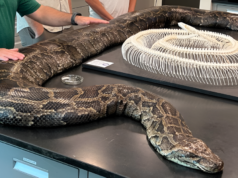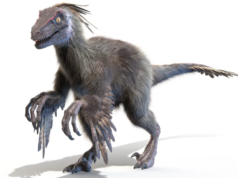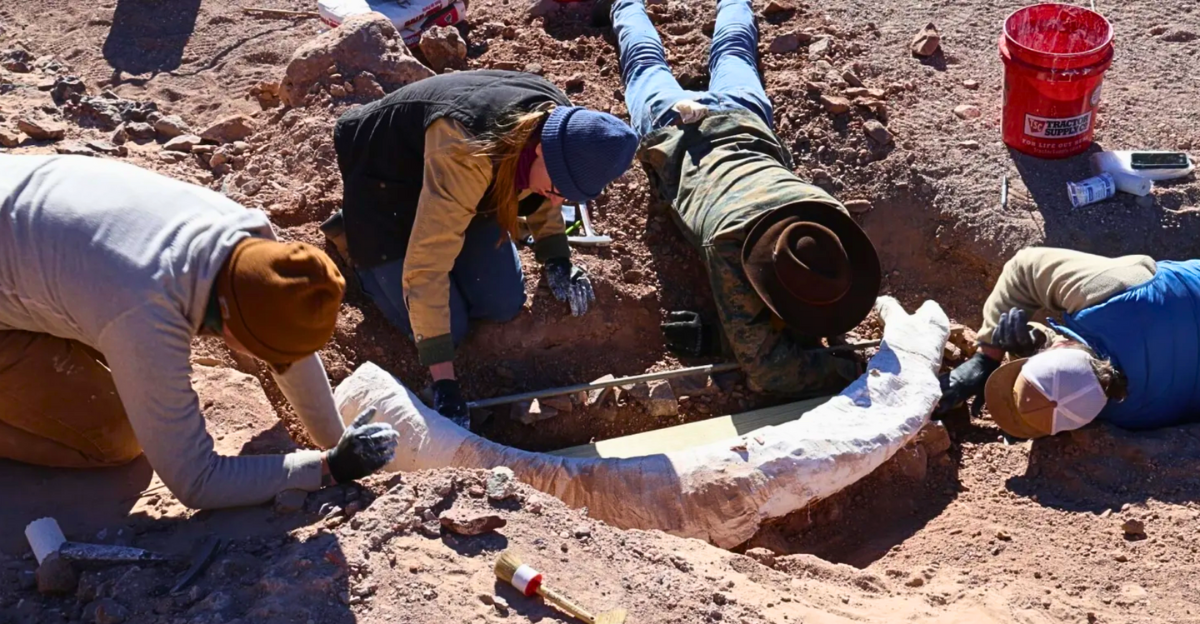
It was just another day at the O2 Ranch in West Texas, until a hunter happened to come across something out of the ordinary. The terrain was familiar with a typical combination of dry creek bed and rocky ground, but there was something in the earth that caught him off guard. Initially, it looked like nothing more than an old stump smoothed over by weather. But there was something in its form, its texture, that stopped him. He crawled onto his hands and knees, traced his hand along the surface, and knew it was too smooth, too rounded, to be wood. What he had discovered would prove to be a startling bit of history: a rare mammoth tusk. The surprise discovery raised a compelling scientific question, showing snippets of an ancient world concealed beneath Texas landscapes.
An Unlikely Fossil Hunter
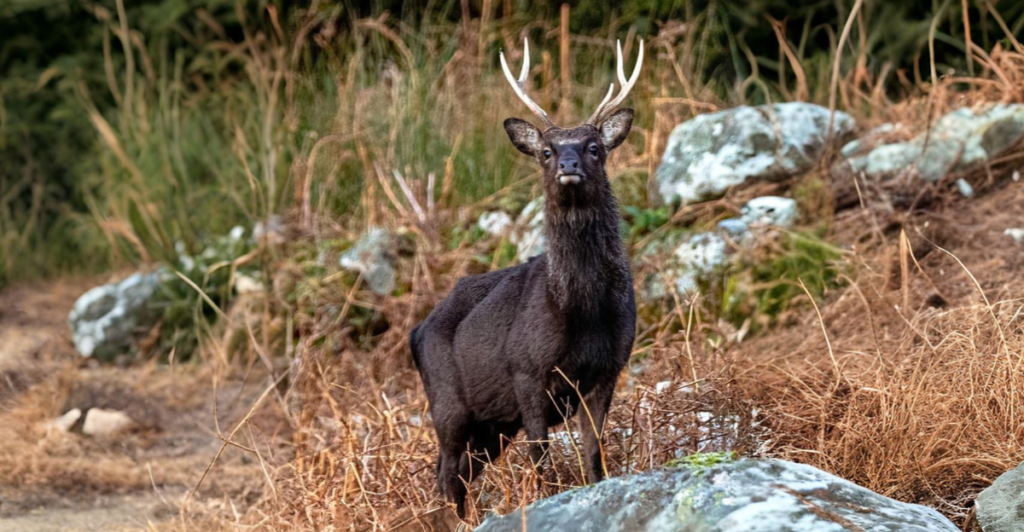
A deer hunter who came to the ranch to hunt noticed something strange sticking out of a creekbed. It looked like wood, but something about its texture and shape seemed unusual to him. He took a picture and showed it to ranch manager Will Juett, hoping he had found something extraordinary.
Skepticism Turns to Enthusiasm
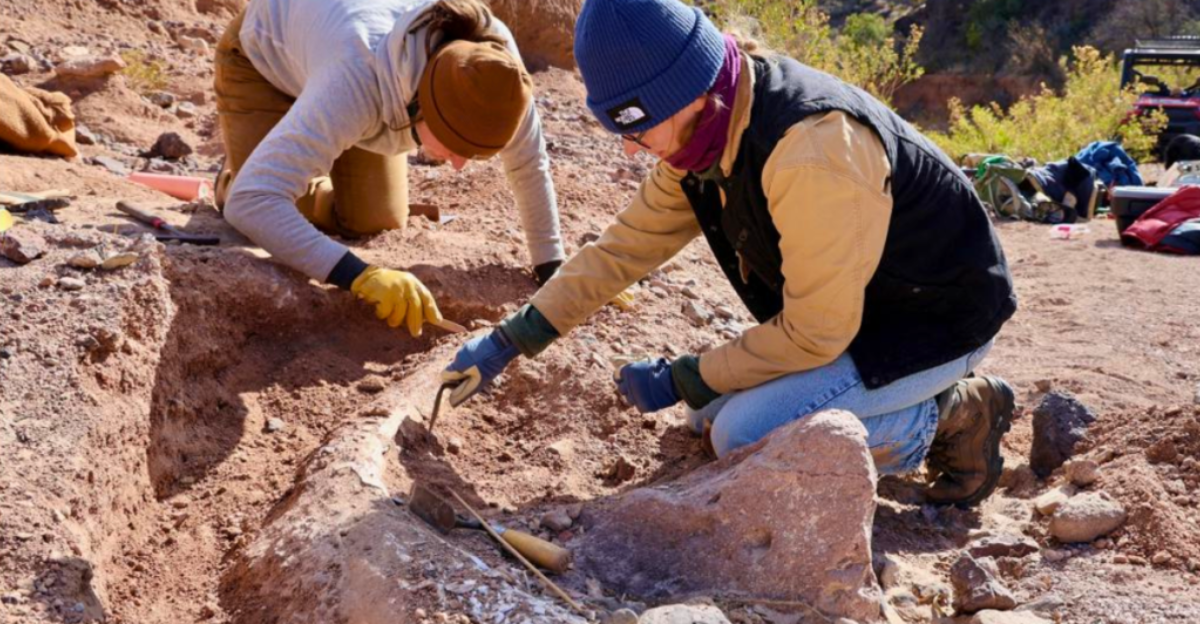
Juett was skeptical at first. “I thought it was an old stump,” he confessed. Curiosity won out, however, and he phoned his old friend, Bryon Schroeder, director of the Center for Big Bend Studies (CBBS) at Sul Ross State University. What followed would leave everyone in awe.
Scientists Get Involved
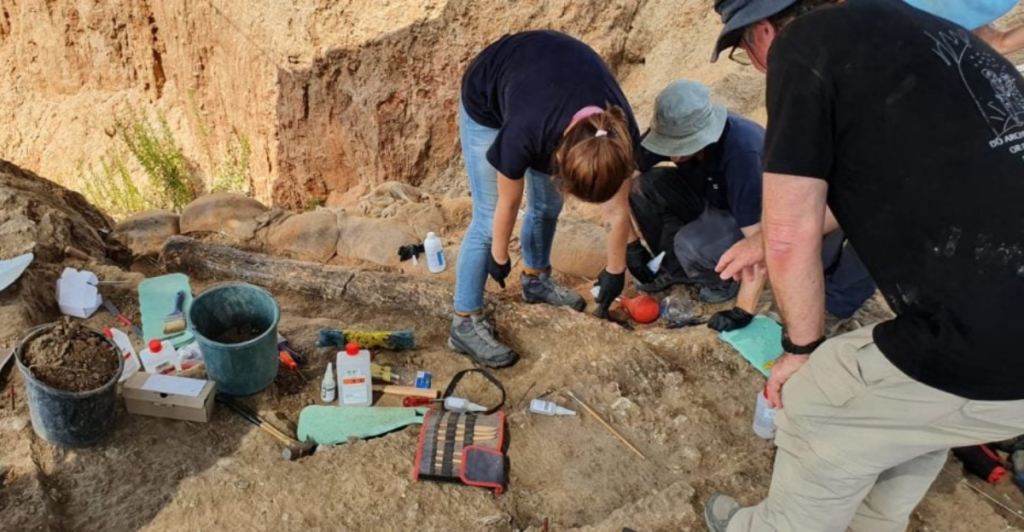
Schroeder and his team, including archeologist Erika Blecha, arrived at the O2 Ranch shortly to investigate the discovery. They examined the object and recognized it was no ordinary fossil: it was a single mammoth tusk. Finding a single tusk like this is very rare compared to finding complete skeletons.
Preserving the Ancient Find
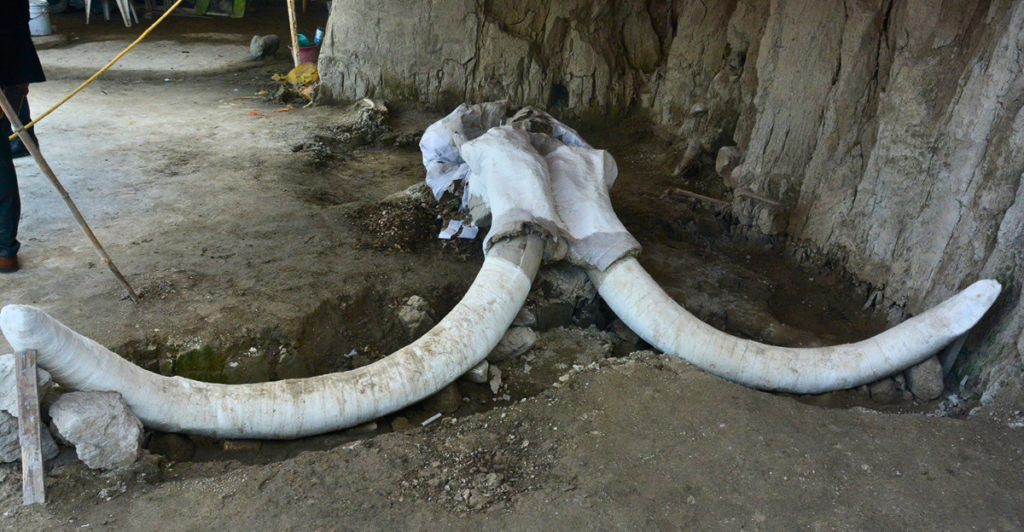
It was not an easy job to extract a fragile fossil. The research team spent two days incrementally bandaging the tusk in plaster-saturated pieces of burlap. When set, the cast provided a protective shield for transport, and the tusk could be safely moved to the university for additional study.
Texas Mammoths
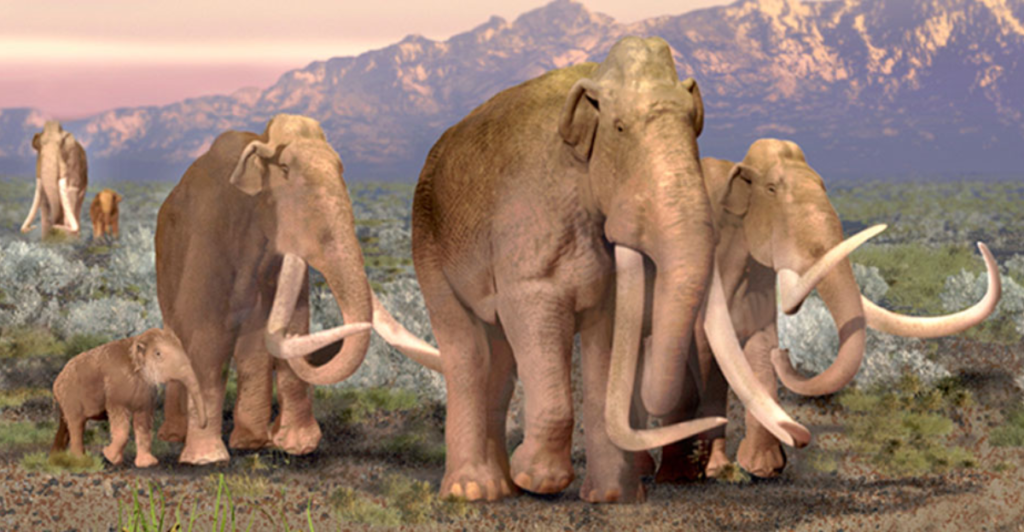
Columbian mammoths were once common across North America, reaching almost 13 feet tall and weighing as much as 10 tons. They would have inhabited warmer climates than the woolly mammoths. But it is unlikely for them to have been in West Texas, so this discovery is all the more exciting.
Dating the Tusk
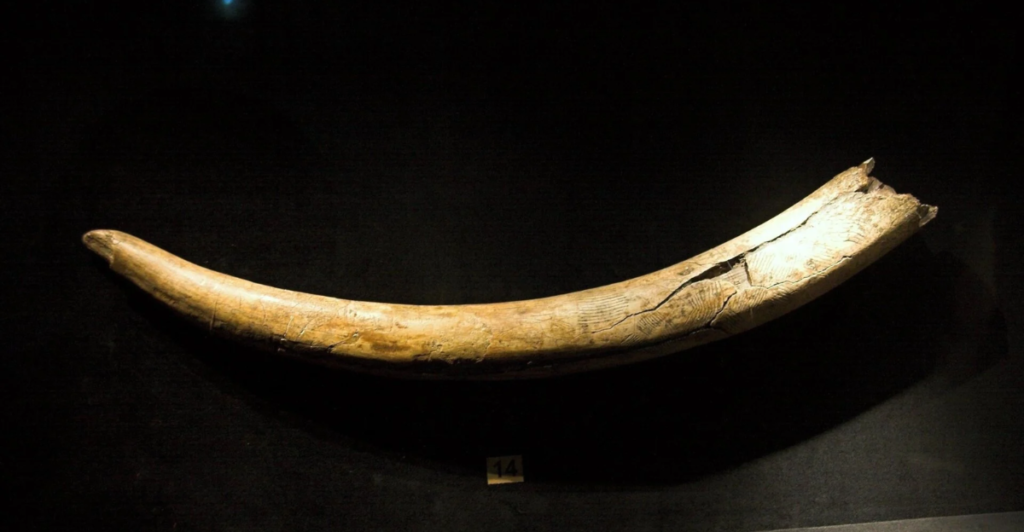
Carbon dating is essential when deciphering the age of a fossil. The only other mammoth tusk that had ever been excavated from this site was found over 60 years earlier, with much less sophisticated methods. With modern technology, the age can now be estimated down to 500 years, indicating when exactly this mammoth inhabited the earth.
What Happened to the Mammoths?
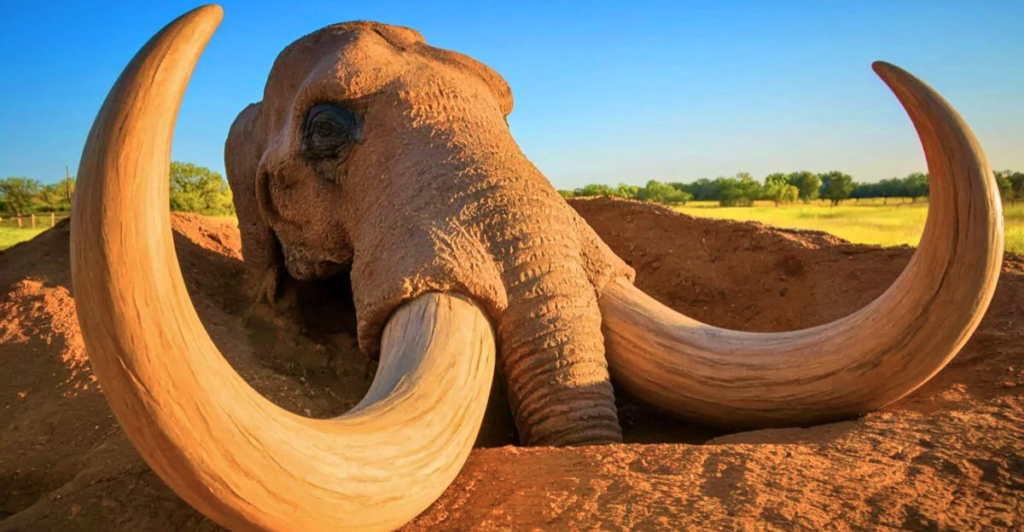
These mammoths vanished around 12,000 years ago, but why? Scientists think that their extinction was caused by a combination of climate change and human hunting. Hunting was the ironic reason for this discovery of a mammoth in 2025, connecting humans with a lost past species.
A Historical Rarity

Mammoths were rarely if at all in Texas, so the tusk is a historically unexpected discovery. It reminds us of what lived there when the giants roamed the lands, and provides scientists with valuable information about ancient ecosystems.
What’s Next for the Tusk?

Schroeder and his group will keep investigating the tusk at Sul Ross State University. Their findings may reveal more about how mammoths lived, moved, and eventually became extinct. The path from a creekbed to a lab is only the start.
A Tusk, a Stump, and a Tale to Share
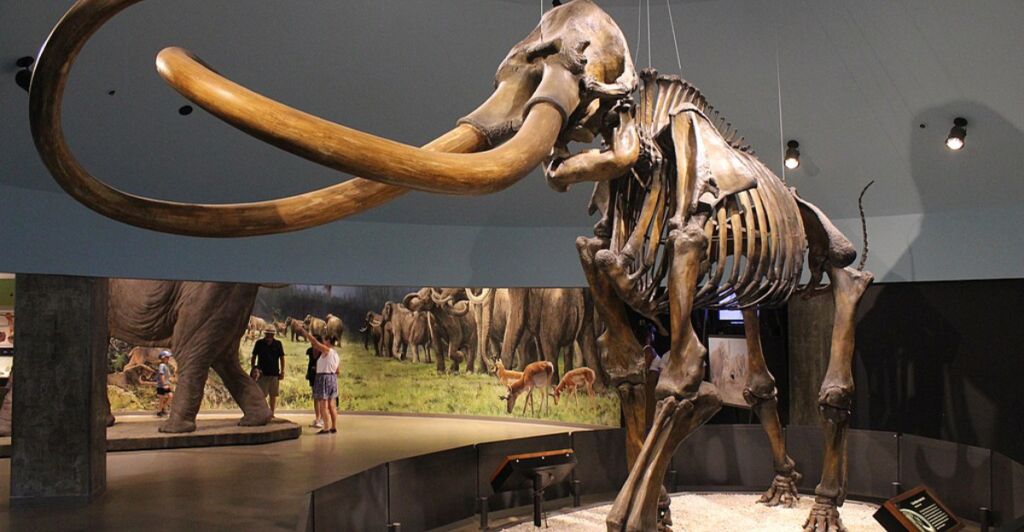
What started out as a run-of-the-mill hunting excursion became a true scientific find. A keen eye, some skepticism, and an awful lot of expertise were what set research around this mammoth tusk in motion. What other secrets of ancient times are buried under Texas soil, waiting to be uncovered?
Explore more of our trending stories and hit Follow to keep them coming to your feed!

Don’t miss out on more stories like this! Hit the Follow button at the top of this article to stay updated with the latest news. Share your thoughts in the comments—we’d love to hear from you!


